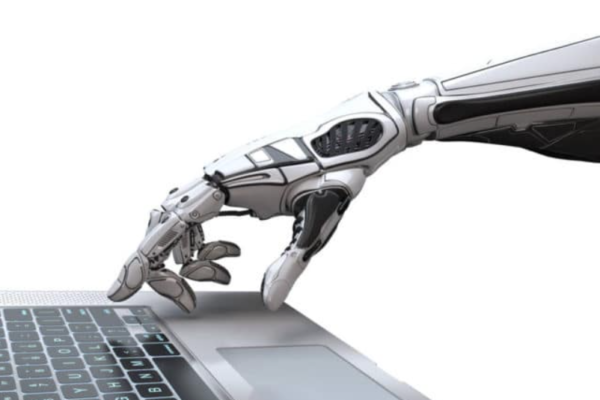In today’s digital aria, technology has transformed our lives in unprecedented ways. From online shopping to social media, the internet has become an integral part of our daily routines. However, accessibility remains a significant challenge for individuals with mobility impairments. Fortunately, with the advent of mobility aids as assistive technology, digital accessibility is becoming a reality for millions of people worldwide. In this blog post, we will explore the impact of mobility aids in enhancing digital accessibility and empowering individuals to navigate the online world with ease.
Defining Mobility Aids as Assistive Technology
Mobility aids encompass a wide range of devices designed to assist individuals with mobility impairments, enabling them to move around independently and perform daily activities. These aids include wheelchairs, crutches, canes, and walkers. However, in the context of digital accessibility, mobility aids take on an expanded role as assistive technology. They bridge the gap between physical limitations and digital environments, empowering users to access and navigate digital content, communicate, and participate in the online world.
Enhancing Physical Accessibility
Mobility aids play a crucial role in ensuring physical accessibility, which is the foundation for digital inclusion. By providing individuals with the means to move around and interact with their surroundings, mobility aids enable them to access devices such as computers, laptops, tablets, and smartphones. Specialized mounting systems can be attached to wheelchairs or other mobility aids to securely hold these devices within reach, allowing users to browse the internet, use apps, and engage in digital activities independently.
Input and Navigation Assistance
For individuals with limited hand dexterity or mobility, mobility aids can facilitate input and navigation on digital devices. Adapted input devices, such as mouth sticks or head pointers, can be used in conjunction with mobility aids, allowing users to type, click, and control cursor movements. Alternatively, assistive technologies like eye-gaze systems enable users to interact with devices by tracking eye movements. These innovative solutions empower individuals with limited physical abilities to access information, communicate, and express themselves digitally.
Screen Reading and Voice Control
Mobility aids also integrate seamlessly with screen reading and voice control technologies, enabling individuals with visual impairments or motor limitations to interact with digital content using auditory feedback or voice commands. Screen readers convert text on the screen into synthesized speech, facilitating web browsing, reading emails, or using applications. Voice control systems leverage speech recognition to execute commands, providing hands-free navigation and control over digital devices. By incorporating these technologies into mobility aids, users can overcome barriers and independently access information and services online.
Ensuring Web Accessibility
While mobility aids enable physical access to digital devices, it is equally important to ensure web accessibility—the design and development of websites and digital content to be usable by individuals with disabilities. Web accessibility guidelines, such as the Web Content Accessibility Guidelines (WCAG), outline principles and techniques for creating inclusive digital experiences. It is crucial for web developers and designers to consider the needs of individuals who use mobility aids as assistive technology, ensuring compatibility with screen readers, support for keyboard navigation, and the provision of alternative text for images. By adhering to these guidelines, we can create a more inclusive online environment for all.
Mobility aids have transformed the lives of individuals with mobility impairments, offering them independence, accessibility, and inclusivity in the digital world. Through the integration of assistive technology, mobility aids empower users to access and navigate digital content, communicate, and participate in online activities. By considering the needs of individuals who use mobility aids in the design and development of digital platforms, we can pave the way for a more inclusive and accessible future. Let us work together to bridge the digital divide and ensure that no one is left behind in the digital revolution.
Stay in touch!
Remember, assistive technologies are not just tools; they are enablers of dreams and agents of change. Stay tuned for more enlightening insights!
Join us in our next post, where we will continue this enlightening journey into the realm of assistive technologies. We will uncover more types, discuss real-life success stories, and examine the future prospects for these life-changing innovations.
For more information on why accessibility is important in general, you can check out my previous blog post here.
For further information on how to make your product accessible to your audience, contact our experienced design experts, check out our Accessibility IQ for your website, download our guide Digitally Accessible Experiences: Why It Matters and How to Create Them, read more from our UX for Accessible Design series.

